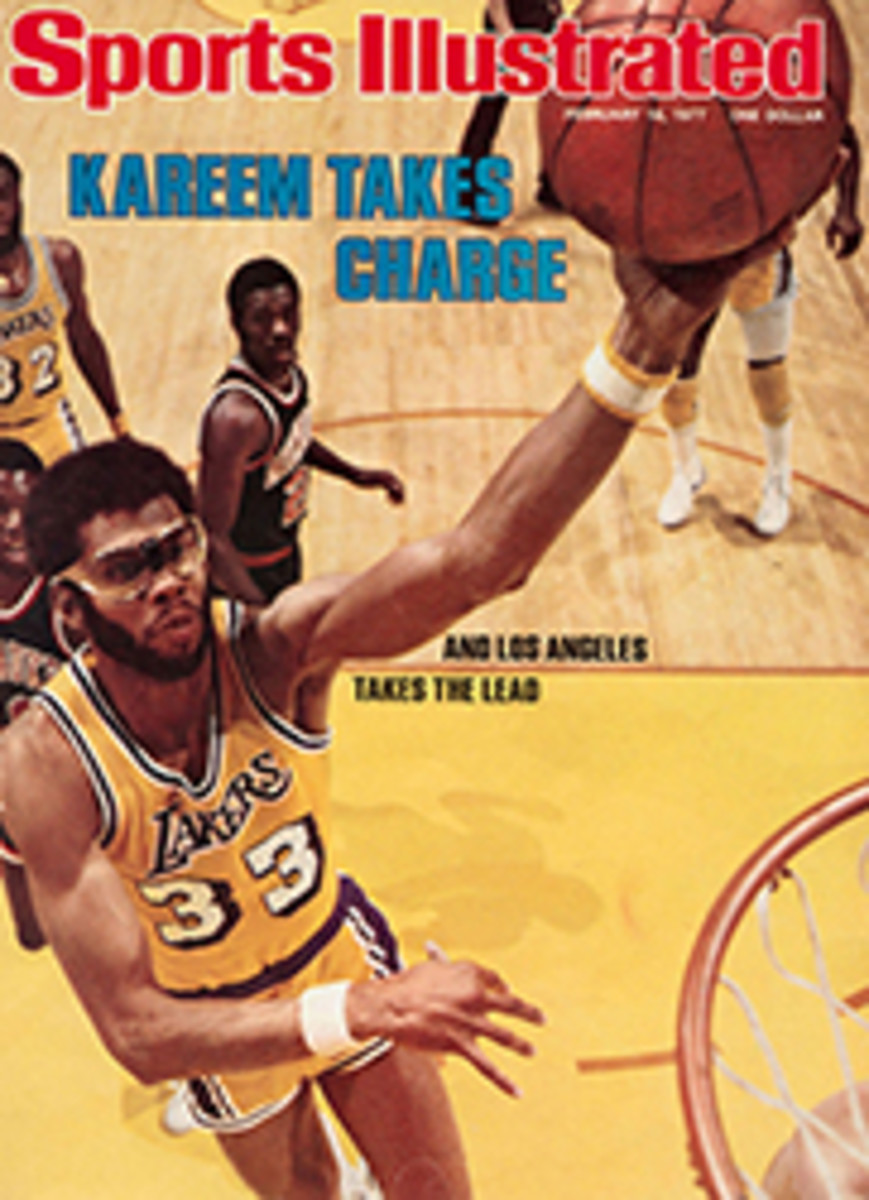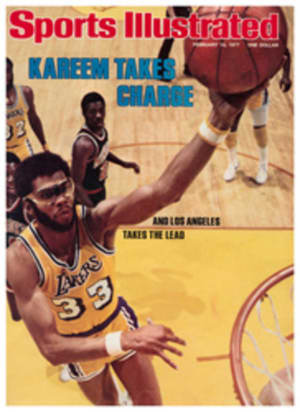
RECORD RUN ON THE SOUTHERN SEA
Any sailor of the Southern Ocean Racing Conference awakening today after a long sleep would, like Rip Van Winkle, find the world greatly changed. Where are the handsome schooners and the sweet little yawls of yesteryear? Where are the pristine white yachts with the dreamy, faraway names? Where are Criollo, Caribbee, Wakiva, Katuna and Tahuna? They are gone, all gone.
In their names and the sassy colors they wear, and in a half dozen more meaningful ways, the boats that have replaced such sweet old girls on the southern circuit reflect the intensity of these times. The hot new boats in Classes B and C—where the liveliest action is—are called Imp, Gonnagitcha, Jack Knife, Bootlegger, Big Schott, Love Machine and Sweet Okole. (Sweet Okole is an innocent enough name until translated. The boat is a very light, wide-beamed craft with barely any taper to her stern; thus her name—which in Hawaiian pig English means "sweet behind").
In his famous Caribbean painting titled Gulf Stream, Winslow Homer portrayed a lone Bahamian, forlornly adrift in a dismasted sloop, surrounded by sharks. If Big Schott, a hull almost identical to last year's top circuit winner Williwaw, had been the boat depicted by Homer, the sharks would have been scared off. In addition to a bright boot top, Big Schott has a peach-colored deck and three wide stripes of red, yellow and orange running bow to stern on her topsides. Her spinnakers have seven colors that vibrate. "When we set our chute behind you," says Seymore Sinett, the New Jerseyite who is campaigning her, "you know we're coming." The topsides of Imp, the most successful boat on the circuit to date, are bright green—graduated stripes of green that increase in intensity from her sheer line to waterline, as if she had been sitting in a large vat of paint when the tide went out. Love Machine is gun-metal gray with a bright green mast and transom and a green boot top and topside stripe to match. In color scheme she is a dead ringer for the mustard-gas shells that were never fired in World War II.
In the early days of the circuit the longest race used to start in St. Petersburg, Fla., the world's sunniest cemetery, and finish in swinging Havana. The sharp change in Cuba's political climate in the late '50s put an end to that—and, all told, for the better. The 284-mile course from Sun City to Sin City was almost a straight drop south. The St. Pete-Havana race was sometimes a drag and sometimes a gear buster, but either way, it rarely afforded a test on all points of sailing. In 1961 the finish line was switched to Fort Lauderdale, 403 miles from the start by safe seaway. For about 200 miles the new course runs along the old line to Havana. Then, beyond the shallow ground west of the Keys, it turns easterly in an arc and finally heads north, past Miami, to Lauderdale.
This winter, what with the way the North Pole seems to have shifted from its normal position to the neighborhood of Buffalo, nobody, not even the smartest blind mice employed by the National Weather Service, knew what sort of weather sailors on the circuit might expect. In the first of the six races that count for SORC points—a 138-miler from St. Pete down the Gulf Coast to Boca Grande and back—a cold front swept through, giving the fleet a fast run to the leeward mark. Then, after the larger boats had tacked a good part of the way home, the wind clocked enough for the smaller boats to reach along much of the return leg. As a consequence, Imp, Sweet Okole, Love Machine, Gonnagitcha, Bootlegger and other flashy little One Ton and Two Ton devils did handsomely, beating most of the big Class A hulls on corrected time.
Four days later, at the start of the St. Pete-Lauderdale race, it looked as if the 64-boat fleet was in for more of the same. The fleet left Tampa Bay, pushed by an 18-knot northeast wind. For half a day the wind stayed roughly northeast, fitfully rising and falling. Then it slowly began clocking around, east to south to southwest and on to west. In this ordinary weather a 79-foot ketch with the sweet-sounding name of Kialoa gave her 63 rivals a whomping such as no SORC fleet has suffered before. Before the race was more than 10 hours old, only the ketch Ondine, of almost identical rating, had any chance of taking any honors away from Kialoa. In the end Kialoa beat Ondine by two hours, 27 minutes.
To avoid fluky conditions at the start, six miles of the course inside Tampa Bay were lopped off this year. Discounting 40 minutes for this shortening, with a clocking of 42 hours, four minutes, 37 seconds, Kialoa still beat the course record by two and a half hours, and did so in winds that rarely exceeded 18 knots and were usually much less. She scampered around to Fort Lauderdale so smartly that she reached the finish line an hour before the committee boat was on station. The committeemen dutifully logged in second-place Ondine when she crossed the line on the edge of dawn. Then they sat and sat and sat, from sunup past sunset, waiting for a third boat, but none came. Astonished at the gap behind Kialoa and Ondine, Patrick Talbot, a member of the race jury, asked owner-skipper Jim Kilroy of Kialoa, "What did you do out there? Lay a minefield behind you?" A reporter suggested that the other 62 boats had been swallowed up in the Bermuda Triangle.
Because of her long lines and two tall masts, outwardly Kialoa harks back to the beautiful hulls of yore, but the resemblance is only skin deep. Inside, like the best of the fat little boats that she soundly thrashed in the Lauderdale race, she is a technological bomb. Winches sprout from her deck in profusion, like toadstools on a damp lawn. Skipper Kilroy of Kialoa, son of a gambling gold miner, was born 54 years ago in the Indian town of Ruby on the south bank of the Yukon. He was raised and educated in Southern California, but despite his exposure to two contrasting environments, neither noted for a surplus of normalcy, Kilroy is a man of level perspective. He was an accomplished aviator and successful industrial developer before he ever took sailing seriously. "A sailboat race is not a crap shoot," he is wont to say. "Crap shooting may buy you a victory once in a while, but in the long run it will kill you." In the 30-odd races of 50 miles or more in length in which she has competed in her short life of two and a half years, Kialoa has been first across the line every time, winning a respectable share of first and second places on corrected time against rivals great and small. Her Lauderdale win is certainly one of her top performances, and the best way to appreciate it is by trying to detract from it as much as possible.
On the southern circuit this year as last, there is no overall winner officially: the emphasis is on class winners in two separate divisions. All boats dating before 1974 qualify for Division I, the newer craft for Division II. In a race as long as Lauderdale, where boats of different ratings may be well strung out along the course, changes in wind speed or direction may favor the front of the pack more than the back, or vice versa. Although the wind was swinging during this year's race, it did not really hit many of the fleet hard on the nose for long. Some Class C and Class B boats in both divisions fell into holes in the wind around Rebecca Shoals, where the course begins to bend to the east. Throughout the race the wind gradually slackened, thus giving the smaller boats the slows as Kialoa neared the finish line. This accounts for a good bit of her huge margin, but it is not explanation enough. In her own Class A of Division II, Kialoa gave time allowances ranging from 6½ to more than 10 hours to 12 rivals. Thus, there were contenders who should have been moving through the same weather, fairly close to her at least through the first half of the race, but somehow they could not hold the pace. The biggest time allowance Kialoa gave away in her division was 17 hours, 37 minutes, to Cold Gold, a 34-foot sloop. If she had given the same liberal allowance to all her 39 other rivals in Division II, she still would have won division and class.
The third boat across the line—15 hours behind Kialoa—was Dora TV, a Class A boat in Division I, skippered by Ted Turner, the temporarily banished baseball baron. An hour later along came another oldie, Heritage, the one-time America's Cup hopeful. Then, through the third night, boats poured across the line as if a dam had broken.
Just before 4 a.m., Imp, the little multi-green monster, showed up. She was preceded by five rivals in Class B of Division II, but saved her time to win her class again. Shortly after seven o'clock the first Class C boat, Sweet Okole, finished. Afterward, three of her crew were lounging around a yacht club pool, shedding huge crocodile tears. It had been Okole's third straight win, but, they lamented, with such poor, slumping wind, their big-bottomed beauty had not had a chance to show what she could really do.
There had been only one really big winner, but by the time most of the fleet was in and crews had gathered to have a drink and hash over the happenings at sea (becoming more exuberant with each recounting) it was hard to believe that anybody had been a loser.
TWO PHOTOS
ERIC SCHWEIKARDT
An immense spinnaker pulls Kialoa away from Scaramouche and Destination after the St. Pete start. Below: Skipper Jim Kilroy.
PHOTO
ERIC SCHWEIKARDT
Somewhere beneath spinnaker and blooper is the ketch Ondine, second finisher at Lauderdale.

